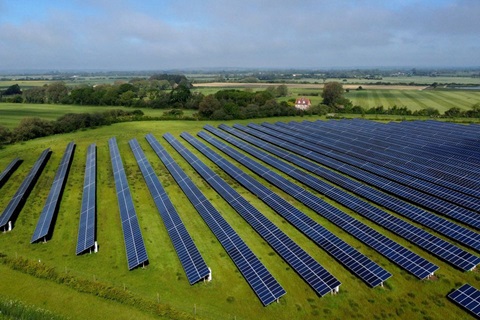A landowner might face fundamental issues when building a solar farm, such as suitability, agreement options, and potential payments. You must also learn how to create a solar pump and how it will affect you. When you lease out land for a solar farm, it does not affect your day-to-day life, but you must keep a follow-up of the construction process.
What are the steps of building a solar farm?
After you have signed the option agreement, the solar form project will go through several steps such as:
- Step 1: The developer will conduct desktop studies to assess the site’s availability. They will then contact you to gather ideas about the topography, sunlight level, weather, and other outputs.
- Step 2: The developer will secure the land and get a permit for the project. The planning permission process will be initiated, including initial size selection and feasibility study. They would also assess environmental impact and specific other measurements.
- Step 3: To understand the specific site features, a detailed solar land survey is conducted. They would set up boundaries for the solar panels and understand which angle or orientation would optimize the output. A site map would be designed to determine the land’s latitude, climate, and other shading periods.
- Step 4: The location for the steel beam would be laid, and the developer would assemble the solar mount by clearing the land. Solar trackers are used to pick the perfect angles. Pile-driving machines are brought to the site for mounting, and the post and the torque tubes are placed.
- Step 5: The solar panels are placed along with trackers to help developers optimize the solar radiation. The developer would check whether the plan would work for the specific site.
- Step 6: The panels will be wired together so that they are up and running. There will be 26 module wires in series for the appropriate voltage. When the setup is turned on, the electricity should pass from the panels through the inverter as direct current.
- Step 7: Solar inverters are attached, which convert the direct current into usable alternating current. This current is brought back to a central substation, then delivered to a transformer, and finally transferred across high-voltage transmission lines. The inverters usually range from 2 MW to 4 MW. If the solar farm is 200 MW, it needs 200 inverters spread across the farm.
- Step 8: The solar farm’s connection should be stable, which the electrician checks before the project goes live. The communication and tracking system must also sync. Finally, the project is handed over to the site operator.
- Step 9: When a developer reaches the option stage, they apply for the grid connection, which can take several years and is also quite costly. So, developers usually prioritize sites with grid connections to avoid this daunting application process.
Summing it up:
A 5 MW solar farm usually takes 14 months to develop and run properly. However, the backlog created by grid connection can take several years, which makes solar farms quite complicated compared to wind farms. As a landowner, you must constantly update yourself regarding the construction process through Inthequeuellc.com.

